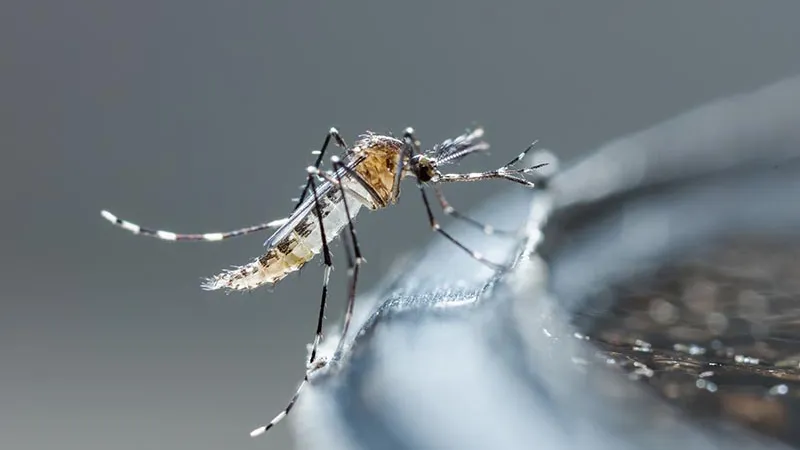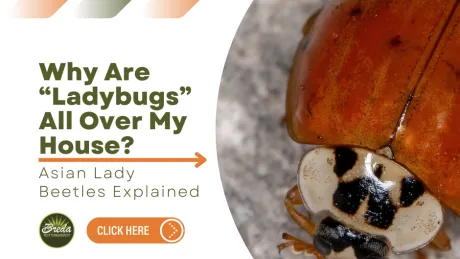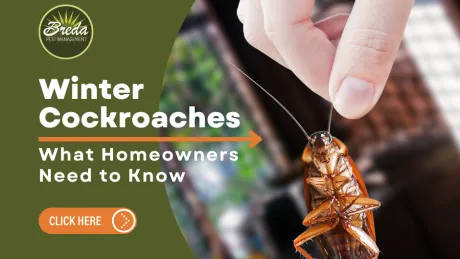
Aedes Mosquito

Aedes Mosquito Information
The Aedes mosquito, belonging to the Aedes genus, is a tiny yet formidable insect that has gained notoriety as a carrier and transmitter of various deadly diseases. Found in different parts of the world, these mosquitoes are responsible for spreading illnesses such as dengue fever, Zika virus, chikungunya, and yellow fever. In this article, we will explore the characteristics, behaviors, and impact of the Aedes mosquito on global health, as well as the measures taken to control its population and prevent disease transmission.
More about Aedes Mosquitoes
Aedes mosquitoes are relatively small in size, measuring about 2 to 10 millimeters in length. They are easily identifiable by their dark bodies, with black and white or black and silver stripes on their legs and thorax. Unlike other mosquito species that primarily feed during the night, Aedes mosquitoes are known as aggressive daytime biters, with peak activity occurring during early morning and late afternoon.
These mosquitoes thrive in urban and suburban environments, often breeding in small amounts of standing water commonly found in discarded tires, flower pots, containers, and other artificial or natural containers. Their ability to adapt to various habitats, including urban areas with limited green spaces, contributes to their successful proliferation.
Aedes mosquitoes are notorious for their role as vectors of several life-threatening diseases. Dengue fever, characterized by severe flu-like symptoms, is one of the most significant illnesses transmitted by Aedes mosquitoes. The Zika virus, which gained global attention due to its potential impact on pregnant women and the risk of microcephaly in newborns, is also transmitted primarily by this mosquito species. Chikungunya, another mosquito-borne viral infection, causes debilitating joint pain and can have long-term effects on those affected. Additionally, Aedes mosquitoes are carriers of the yellow fever virus, which can cause severe illness and even death in some cases.
Efforts to control Aedes mosquito populations are crucial in preventing disease outbreaks. Integrated vector management approaches are employed to target various stages of the mosquito life cycle, including larval and adult stages.
Preventive measures focus on eliminating breeding sites and reducing mosquito-human contact. This involves removing stagnant water sources, emptying and cleaning containers that can collect water, and promoting proper waste management practices to minimize potential breeding grounds. Insecticide-treated bed nets and screens on windows and doors provide an additional layer of protection against mosquito bites.
Public health campaigns play a vital role in educating communities about the importance of eliminating breeding sites, recognizing symptoms of mosquito-borne diseases, and seeking timely medical attention. Governments and health organizations also engage in surveillance and monitoring activities to detect and respond to disease outbreaks swiftly.
The Aedes mosquito represents a significant public health concern due to its ability to transmit devastating diseases. The aggressive daytime feeding habits and adaptability of this mosquito species have contributed to the global spread of illnesses such as dengue fever, Zika virus, chikungunya, and yellow fever. Through integrated vector management strategies, community engagement, and public awareness campaigns, efforts are underway to control Aedes mosquito populations and mitigate the risks they pose to human health. By taking proactive measures to reduce breeding sites and protect against mosquito bites, individuals and communities can play a crucial role in preventing the transmission of these diseases, ultimately creating safer and healthier environments for all.


